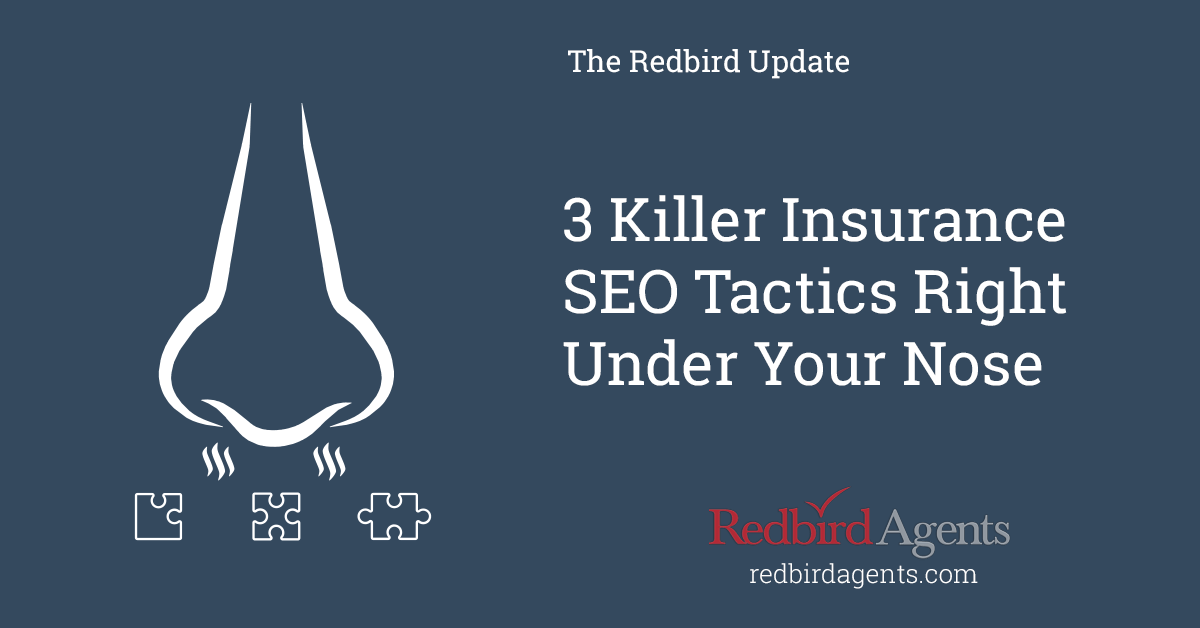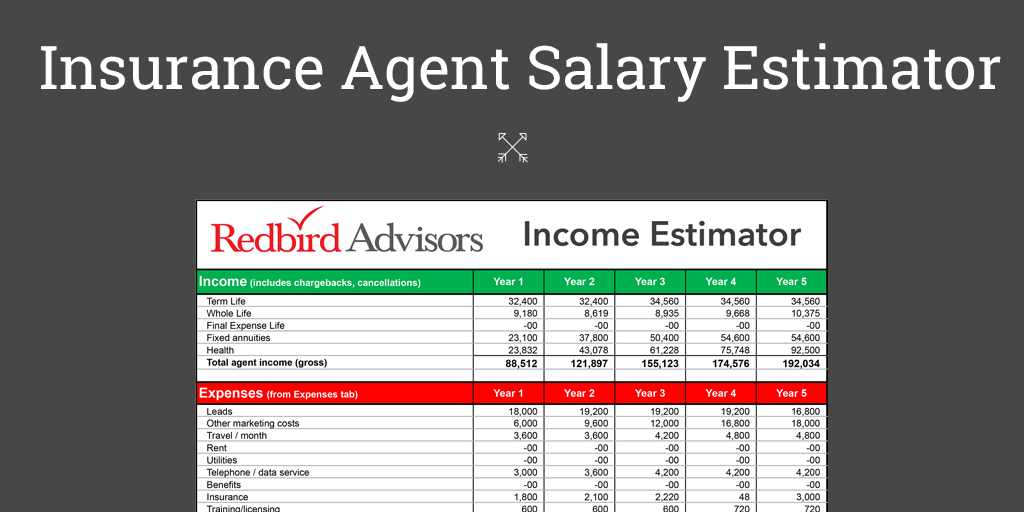
Nine out of 10 insurance agency owners reading this know their website is not generating enough new insurance leads.
You nine know who you are.
Half of you want to do something about it, but don’t know where to start. The other half don’t know what you don’t know, so you do nothing.
A day of reckoning is coming for internet non-believers. We wrote in our blog recently of the coming disruption to the insurance industry, and the vast majority of disruption is from what we all lovingly call digital.
Your Website is Equally Important as Your Other Insurance Lead-Generating Strategies
It’s not that long ago that having an insurance website was perceived as a cost of doing business, but not necessarily a way to generate new leads.
Today, if you want to be relevant to a new generation of potential customers and a big chunk of forward-thinking “traditional” customers, you must have an active web presence that adds value. No more “brochure on the web”.
Some insurance agencies—a small minority—who see the opportunity are diving head-first. And, head-first means they are developing strategies that complement their other channels, and diverting marketing and operational resources to online insurance lead generation.
We work with many agencies who have made that commitment. They are believers!
Other agencies are just dipping their toes in the water. Rather than a strategic approach, they are trying different tactics hoping to see results. If that’s you, then this article is for you.
While there are many, many things you can tactically do to beef up your website, the three below are what we believe will get you results and set you up with a solid foundation when you are ready to start generating insurance leads with SEO.
3 Website Tactics You Should Be Using that Are Under Your Nose
#1: Content is King
If there is an immutable law today for the internet, it’s this.
Success generating insurance leads online is a combination of quality and quantity. Over the last six years we have written hundreds of articles/blogs; some short, some long. Our focus was quality first. If the subject deserves 500 words, that’s what we wrote. If it deserved 5,000, we did that.
Our guide to selling mortgage protection is a perfect example of a topic that demanded tons of detail, and ultimately tons of time invested.
What’s happening now is that search engines like Google and Bing are much better at identifying valuable content and, conversely, bad content. Every day Google gets better is another victory for well-written, thoughtful content.
5 considerations before kicking off your content marketing and SEO strategy.
- Evaluate competitor and/or best-in-class insurance websites to better understand the type of content that shows up in search results.
- Identify a monthly budget that you’re comfortable with for an extended period of time.
- To give you an idea, you should expect to spend $150-$200 for 500-600-word articles.
- Find a writer who understands financial services. They don’t have to be an expert on insurance—that’s your role—but they do need to understand how customers think and what motivates them in purchasing financial products and services such as life insurance insurance or auto insurance.
- Put your patience hat on. Results won’t happen immediately, likely, so this has to be viewed as a journey, not a sprint. If you’re starting from scratch be prepared to publish for at least a year before expecting meaningful results.
#2: Be Easy to Do Business With
We know the internet is a mysterious place. However, as consumers who use it, we know what works and what doesn’t. We may not know why, but we certainly know bad service and a bad experience when it happens.
Spend time looking at websites you think are customer friendly. It can be any industry. The key is identifying the common capabilities and practices that can be transferred to your operation and, ultimately, to your website so you can start generating insurance leads for your agency.
Focus on what your customer wants, not just what you want. Take a few customers out for coffee or lunch and pick their brain. You’ll be amazed at what you hear. Yes it takes time, but it’s time well spent. Don’t be lazy!
#3: Let Your Best Customers Shout Your Praises
This one is a blinding glimpse of the obvious and, I can’t emphasize this enough, it is one of the cornerstone components that search engines use in their evaluation of your site and/or your content.
And, why not: is there anything better than a customer referral?
For example, we know a threshold for Google is having at least five, five-star ratings from customers using its proprietary customer satisfaction scale. That means customers have to log into Google, which is a minor inconvenience but a major benefit to improve your website’s ranking.
We have a few clients who have more than 100 reviews. We can’t emphasize how big of a deal this is for you.
These three important actions will take a commitment of money and time.
Give us a shout if you’d like to talk more.


